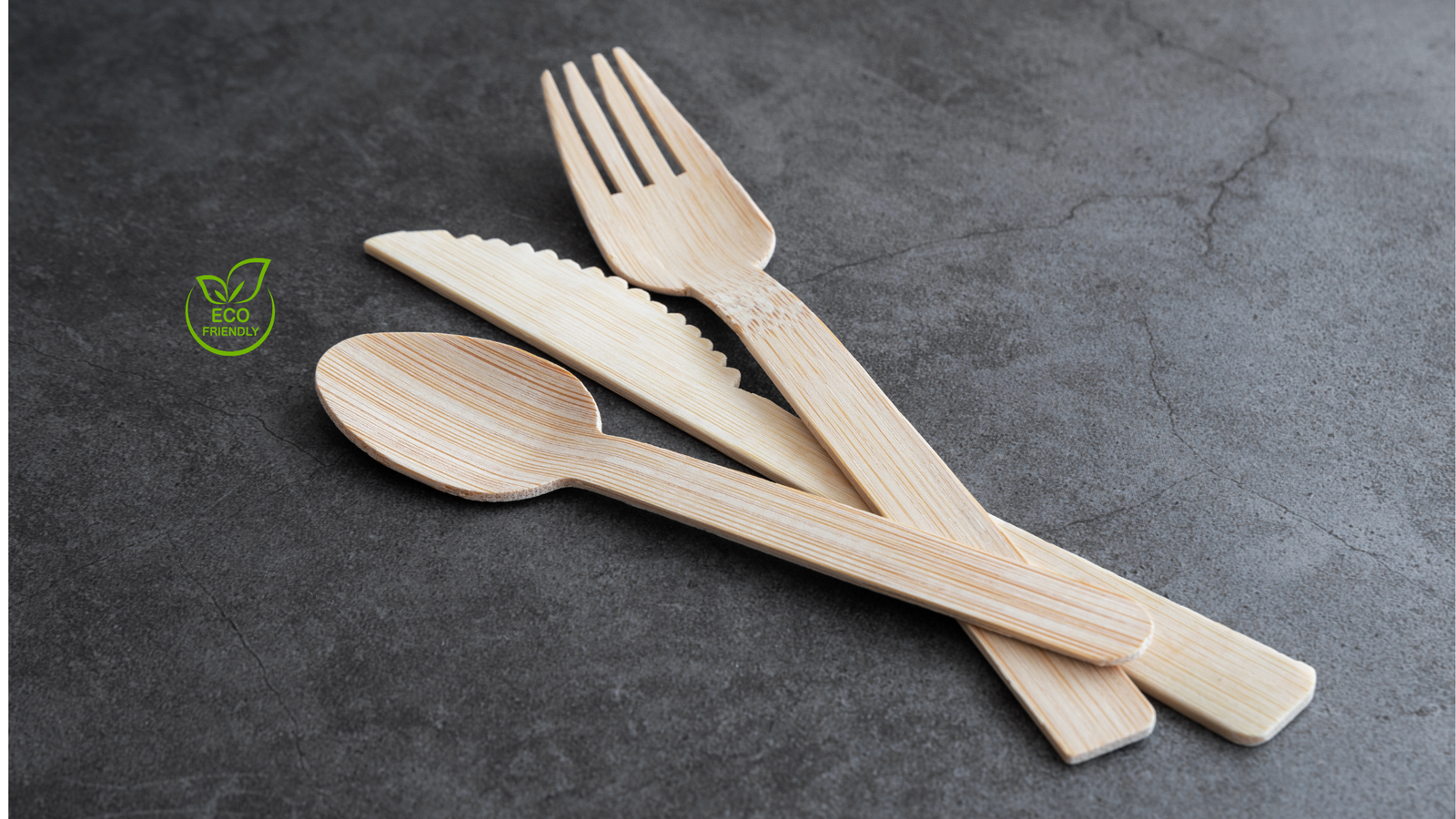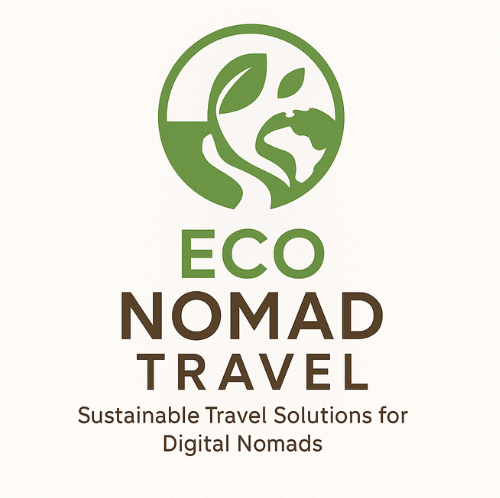
Plastic-Light Travel Kit for 2025: Pack Reusables That Actually Replace Single-Use
Published Jan 2025 • Last updated:
Focus keyphrase: eco friendly travel kit 2025 | Slug: eco-friendly-travel-kit-2025
Affiliate disclosure: We may earn from partner links (including Amazon) at no extra cost.
Airports and hospitality brands are phasing out disposables and charging for single-use packaging. For frequent travelers, a **plastic-light kit** is the simplest way to save money, reduce waste, and stay organized. This guide gives you a field-tested packing list, specific brand picks, airport security tips, cleaning methods, and the science behind materials—so your kit actually replaces single-use in real life.
Key takeaways
- An eco friendly travel kit 2025 replaces single-use items end-to-end: bottle, cup, cutlery, containers, solid toiletries, and a micro cleaning setup.
- Choose packable designs (collapsible or nesting) and easy-clean materials (stainless, silicone, bamboo).
- Use solid bars for shampoo/soap; refill tubes cover lotion/sunscreen and avoid leaks/TSA hassles.
- Expect meaningful savings on bottled water, takeaway packaging, and minibar/amenity purchases.
Why now
In 2025, many airports, cafés, and hotels charge for single-use cups and cutlery while promoting refill stations. Packaging trade outlets and sustainability orgs have tracked the shift for years, and traveler demand for practical reusables is now mainstream. A well-built kit is simple, compact, and pays for itself.
Plan smarter: Pair this kit with our Sustainable Travel Guide 2025 and Low-Impact Travel Habits for the biggest reduction.
Reusable essentials
Hydration & hot drinks
- Hydro Flask Trail Series — ultralight stainless bottle; durable, insulated. Amazon affiliate
- Compact tumbler sized for espresso/cappuccino; leak-proof lid preferred.
Food & snacks
- Nesting stainless steel containers — packable and odor-resistant for takeout/markets. Amazon affiliate
- Bamboo cutlery set — TSA-friendly; keep visible in a mesh pouch. Amazon affiliate
- Silicone zip bags or beeswax wraps for leftovers and snacks.
Personal care
- Solid shampoo/conditioner bars in tins — no leaks; breeze through security.
- Refillable silicone tubes for lotion/sunscreen; label with a paint marker.
- Palm-sized soap sheet pack — dissolves instantly; perfect for dishes/hands. Amazon affiliate
Field-tested brands
What lasts in real travel
- Hydro Flask Trail Series — robust, low weight (link above).
- Stojo Cup — collapses flat; dishwasher-safe silicone.
- To-Go Ware — bamboo utensils that survive years of use.
Nice-to-haves (small, big payoff)
- Mini bottle brush for narrow necks (works on tubes and cups).
- Microfiber cloth; doubles for screens and air-dries on a backpack.
- Spork tucked into wallet for emergencies.
Airport security tips
- Empty bottles before security; refill inside (most terminals now have fountains).
- Keep bamboo cutlery in a clear pouch on top of your bag to avoid extra screening.
- Solid bars don’t count toward liquid limits; pack in tins.
- Label silicone tubes; use the local language to speed secondary checks.
Cleaning on the road
A single **biodegradable soap sheet pack** plus a microfiber cloth covers dishes, bottles, and hands. Rinse in warm water; air-dry on a balcony or hang from your daypack. For stubborn coffee oils, a pinch of baking soda breaks residue without harsh chemistry.
- Carry a small zip bag for damp items; empty and air-dry as soon as you reach your stay.
- Choose stainless/silicone—both dry fast and resist smells.
- Sanitize cups/utensils with kettle water (carefully) when sinks are questionable.
How this kit actually cuts waste (real-world scenarios)
Most “eco gear” fails because it’s bulky or hard to clean. This kit is different: each piece replaces a specific single-use item in predictable situations.
- Airport days: empty bottle through security → refill inside; bring tumbler to cafés offering discounts for reusables.
- City days: market lunch in stainless container; beeswax wrap for leftover pastry; cutlery for street-food parks.
- Hotel nights: soap sheets + microfiber replace paper towels and mini amenities; silicone tubes end minibar temptations.
- Train/coach rides: insulated bottle for hot tea; silicone bag for snacks; quick wipe-down with cloth at connections.
Material science quick guide (stainless vs silicone vs bamboo)
- Stainless steel: non-porous, long-lived, recyclable. Best for bottles/containers. Slight weight trade-off; go nesting to save space.
- Silicone: flexible, heat-tolerant, food-safe. Choose platinum-cured, BPA-free; inspect for tears every few months.
- Bamboo: lightweight, compostable in industrial streams. Keep dry between uses to avoid fiber swelling.
Result: stainless for structure, silicone for flexibility, bamboo for ultra-light utensils—an optimal blend for the eco friendly travel kit 2025.
Packing strategy
- Layer by use: everyday pieces at the top; rarely used items at the bottom.
- Pre-portion liquids: fill tubes at home; label SPF, lotion, detergent.
- Weigh it: keep carry-on within airline limits; heavier stainless can ride in checked baggage.
Cost & carbon savings
With one trip per month, frequent travelers typically save:
| Item replaced | Typical spend avoided (per trip) | Reusable alternative |
|---|---|---|
| Bottled water (airport + hotel) | $8–$15 | Refillable bottle |
| Takeaway cup & cutlery | $2–$6 | Tumbler + bamboo set |
| Hotel mini-toiletries | $5–$12 | Solid bars + refill tubes |
Annual waste avoided (solo traveler): ~10–15 kg of single-use plastics and laminates; more for couples/families.
Quick tools: flights & stays
Use these live widgets if you need to price a trip now. They load asynchronously.
Widgets via partners. affiliate
FAQ
What belongs in an eco friendly travel kit 2025?
Reusable bottle, cup, cutlery, containers, solid toiletries, refill tubes, a soap sheet pack, and a microfiber cloth—compact items that fully replace single-use.
Is bamboo cutlery allowed through airport security?
Generally yes if there are no sharp edges; keep it visible in a mesh pouch to speed inspection.
Do solid bars really help at security?
Yes—solid shampoo/soap don’t count toward liquid limits, reduce leak risk, and simplify packing.
How do I keep things clean in hotel rooms?
Use biodegradable soap sheets and hot water from a kettle; air-dry gear on a balcony or towel rail.
Are stainless containers worth the weight?
For frequent travelers, yes—durable, odor-resistant, and perfect for markets and leftovers.
Where should I store wet items?
In a small zip bag temporarily; empty and air-dry as soon as you reach your stay.
Sources & notes
Policies and availability vary by region and operator; check local guidance before flying.


